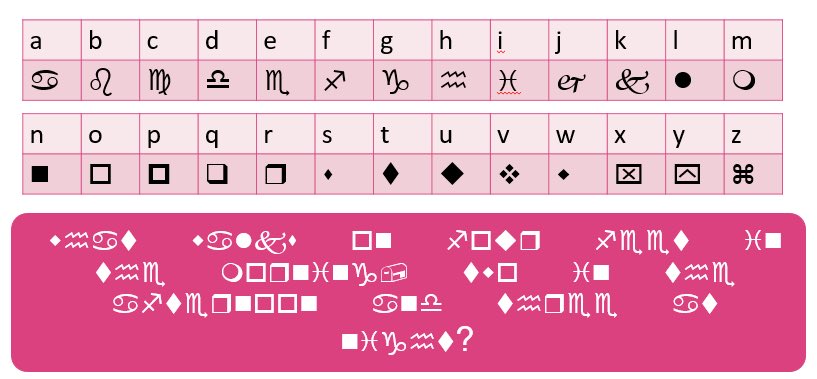If you’re reading this, you know your phonics; you’ve simply achieved ignorance in your expertise. Stay with me.
To ‘know your phonics’ is to have developed your skills in segmenting, blending and phoneme manipulation, and to know the code (the spellings of the 44 sounds that make up the English language)*. So, again, if you’re reading this you know your phonics.
However, you may not necessarily know how to teach phonics (yet).
*(FYI: if you can speak, you know your sounds; if you can spell, you know the code.)
*(FYI: if you can speak, you know your sounds; if you can spell, you know the code.)
Skills
The 3 phonics skills are: segmenting, blending and phoneme manipulation.
The 3 phonics skills are: segmenting, blending and phoneme manipulation.
Segmenting involves taking a whole and splitting it into its parts. For example, ‘sat’ can be segmented into its sounds ‘s’ ‘a’ ‘t’, and ‘Saturday’ can be segmented into its syllables ‘Sa’ ‘tur’ ‘day’ (each syllable can of course also be segmented into its sounds).
The reverse of segmenting is blending; blending involves using the parts to form a whole. For example, the sounds ‘s’ ‘a’ t’ are blended to ‘sat’, and the syllables ‘Sa’ ‘tur’ ‘day’ are blended to ‘Saturday’. In the context of phonics, ‘blend’ is synonymous with ‘synthesise’.
The third skill is phoneme manipulation. This is the ability to add, delete or change sounds within words.
The issue we face, as educators, is that we are simply too good at segmenting, blending and phoneme manipulation, and we are too fluent in our use of the code; we therefore sometimes forget the complexities of reading and spelling.
Teachers, I guarantee that you use phoneme manipulation every September. You look at your register and your wonder whether ‘Lena’ is pronounced ‘Lee-na’ or ‘Lay-na’.
Or, when you’re ordering at a restaurant, you wonder whether ‘chipotle’ is ‘chi-po-tle’ or ‘chi-poet-lay’. You’re manipulating the word by alternating the pronunciation of the spellings. Sound familiar?
Let’s consider what it feels like to consciously segment and blend. Read this word aloud:
pseudopseudohypoparathyroidism
pseudopseudohypoparathyroidism
What did it feel like? How did you use your oral skills in segmentation and blending, and possibly manipulation, to read the word?
You will be aware that you segmented the word into syllables, then blended the syllables to read the word. You probably repeated that process until you were able to read the word with some automaticity.
However, some skills kicked in below the level of conscious processing; before identifying the syllables, you segmented the word into sounds to form syllables. As I said earlier, you are too good at this.
The Code
There are 44 sounds in the English language, and there are 175 spellings that represent those sounds. Every sound can be represented by more than one spelling and most spellings represent more than one sound.
There are 44 sounds in the English language, and there are 175 spellings that represent those sounds. Every sound can be represented by more than one spelling and most spellings represent more than one sound.
If you’d like to learn more about the spellings of the sounds, I recommend reading the @SWLiteracy’s Lexicon of the English language: https://www.sounds-write.co.uk/sites/soundswrite/uploads/files/49-sounds_write_english_spellings_lexicon.pdf">https://www.sounds-write.co.uk/sites/sou...
You have years of experience using the code and you rarely have to think about how to pronounce or spell words.
So, to help you remember what it feels like to consciously decode, please read (and answer) the question below, which is written in a code that you are unlikely to be fluent in (Wingdings).
…did you love that task? Did you find it pleasurable? Probably not – we don’t tend to love or find pleasure in things that we find too challenging. You’re unlikely to read texts written in Wingdings for pleasure.
Similarly, children are less likely to want to read for pleasure before they can read. So, let’s teach them.
You may not have been taught to read and spell through phonics, but fortunately you worked it out by breaking the code.
Rather than leaving it to chance, teach children their phonics. Teach them the skills, the code and the conceptual understanding needed to be fluent readers.

 Read on Twitter
Read on Twitter




